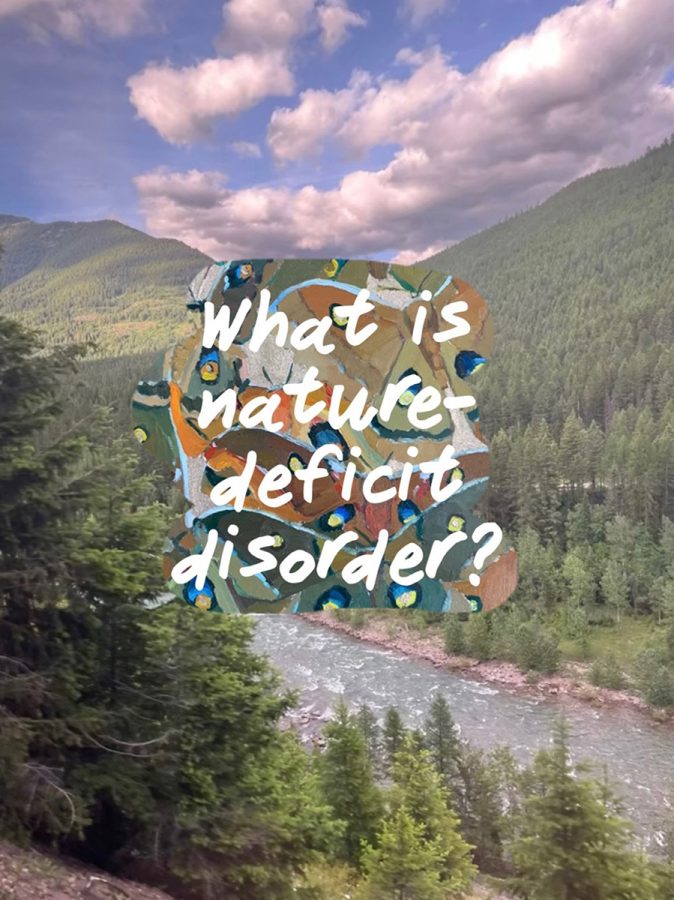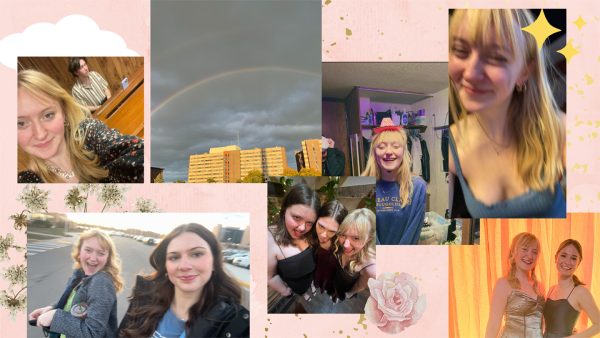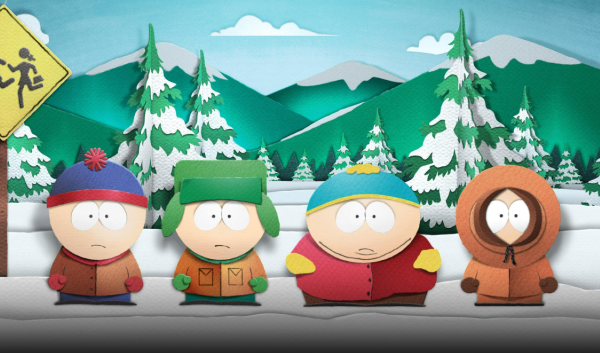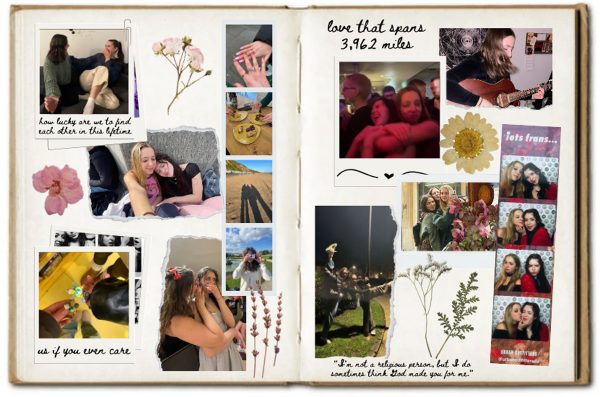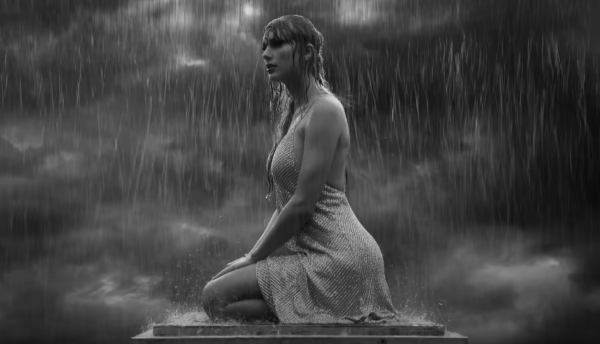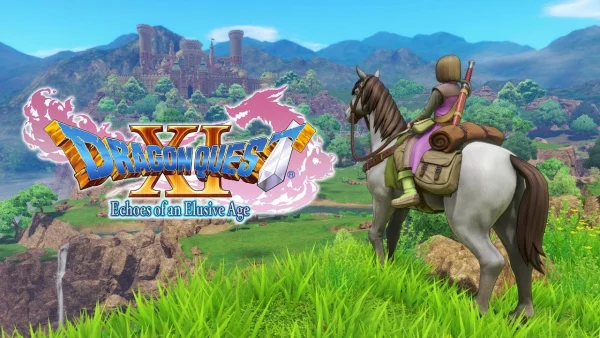Nature-deficit disorder in 2023
Richard Louv’s term continues to demonstrate increasing relevance
Photo by Maggie O'Brien
Show mother earth grace every day.
Nature-deficit disorder is a term coined by Richard Louv in 2005, in his book, “Last Child in the Woods: Saving Our Children from Nature-Deficit Disorder.”
“I coined the phrase to serve as a description of the human costs of alienation from nature and it is not meant to be a medical diagnosis (although perhaps it should be), but as a way to talk about an urgent problem that many of us knew was growing, but had no language to describe it,” Louv said.
Richard Louv is a journalist and the author of 10 books, who helped launch an international movement that seeks to connect children, families and communities to nature and get outdoors.
According to his website, Louv also speaks internationally on the importance of children’s and adults’ exposure to nature for their health, the need for environmental protection and preservation for greater access to nature and the health of the Earth.
In defining nature-deficit disorder, Louv acknowledges that humans have been moving indoors and urbanizing since the introduction of agriculture, but emphasizes the social and technological changes in the last three decades have had a drastic impact on human disconnect from nature.
According to Louv, the reasons for this include growth in electronic communications, poor urban planning and less open space, increased street traffic, less stress on the importance of the natural world in education and parental fear of the outdoors worsened by news and entertainment media.
In an article from Greater Good Magazine titled, “How to Protect Kids from Nature-Deficit Disorder,” Jill Suttie interviewed Louv.
In the interview, Louv said, “Today, children and adults who work and learn in a dominantly digital environment expend enormous energy blocking out many of the human senses in order to focus narrowly on the screen in front of their eyes.”
In response to this, Suttie asked Louv how the trend he mentioned will impact pro-environmental attitudes and behaviors in kids.
“If nature experiences continue to fade from the current generation of young people, and the next and the ones to follow, where will future stewards of the earth come from?” Louv said. “There will always be conservationists and environmentalists, but if we don’t turn this trend around, they’ll increasingly carry nature in their briefcases, not in their hearts.”
As an avid admirer of Rachel Carson and Aldo Leopold and an advocate for teaching environmental studies and environmental action, this response worried me. The idea that nature could ever be considered an afterthought devastated me.
Another question Suttie asked Louv that I feel is of vast importance in modern society reads, “How can parents help kids care about nature when they live in urban environments without ready access to wild spaces?”
Louv said any green space will offer some benefits for children’s mental and physical well-being, even if this is simply a quiet park, a peaceful place with lovely views, or natural landscapes and plants.
Again, Louv emphasized the idea that human connection to nature should be an everyday occurrence. In the interview, Louv also brought up the idea that designing cities to work in harmony with nature and biodiversity will be essential to maintain this connection.
“We do know that the greater the biodiversity in an urban park, the greater the psychological benefits to people. Why not think of cities as incubators of biodiversity and engines of human health?” Louv said.
I was lucky enough to grow up on a rural farm, with bountiful land to frolic upon and countless ancient pines to climb. In fact, most of the childhood memories that I can recall took place outside, which I’ve realized recently is something that should be cherished.
Worry pervades me when I watch the children I babysit beg for their iPads and argue against doing anything other than watching YouTube on the TV.
My mother, a kindergarten teacher, explained the negative differences in behavior and attention span that she notices in her students as technology leaches into not only children’s home lives but also into their education. She tells me it is rare for her students to be without some sort of screen.
Louv suggests for every dollar spent on the virtual in education, at least another dollar should be spent on the real, especially on creating more learning environments in natural settings. He acknowledges that a deep cultural change is necessary for education to move in this direction.
“We need to incorporate nature education and knowledge of its positive benefits into the training that every teacher receives,” Louv said. “We need to credit the many teachers who have insisted on exposing their students directly to nature, despite trends in the opposite direction.”
O’Brien can be reached at [email protected].

Maggie O'Brien is a second-year English-creative writing and English education student. This is her third semester on The Spectator. She adores many things but has a soft spot in her heart for calico critters, rain and books with cracked spines.

